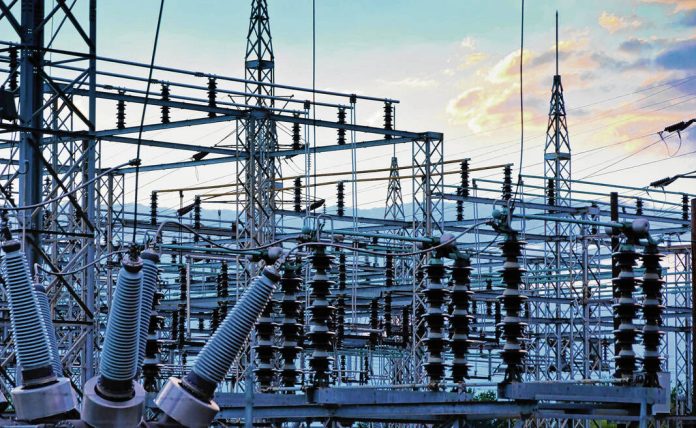Duke Energy is seeking a 16% rate increase over the next two years that it says will be used to modernize and bolster the security of its electric grid and build hundreds of miles of power lines, among other things.
The utility filed the request Thursday with the Indiana Utility Regulatory Commission for an overall average bill increase of around 16%, including a 12% increase in 2025 and a 4% increase in 2026, the company said. Duke Energy said the rate increase would result in an additional $492 million in revenue.
“We know that utility costs can be a major part of a household and business’s budget and that customers expect us to do our part to keep bills as low as possible,” Duke Energy President Stan Pinegar said in a statement. “We have kept our day-to-day operating costs flat since 2020 while we make long-term investments to serve customers. We also are proposing voluntary, ‘time-of-use’ rates to help manage customer bills. Fortunately, fuel costs for our electricity production have declined, and residential customer bills are about 25% lower than they were in late 2022.”
Duke Energy said it would use the money from the rate increase to add sensors to power lines that it claims will allow energy to be restored faster during outages, increase security on its electric grid and add 345 miles of new power lines.
The utility said it expects to have more than 60,000 new residential and business customers by 2025.
Headquartered in North Carolina, Duke Energy provides electricity to 8.4 million customers in six states, including Indiana. The company’s petition before regulators states that it serves 900,000 customers in 69 counties in Indiana.
“It has been almost five years since the company last filed for a general rate increase,” Duke Energy states in its petition filed Thursday. “…The economic climate in which Duke Energy Indiana operates has changed significantly since the company’s last rate case. Since that time, the U.S. economy has experienced periods of dramatic inflation, the cost of capital has increased and the company has made significant capital investments in its electric system.”





